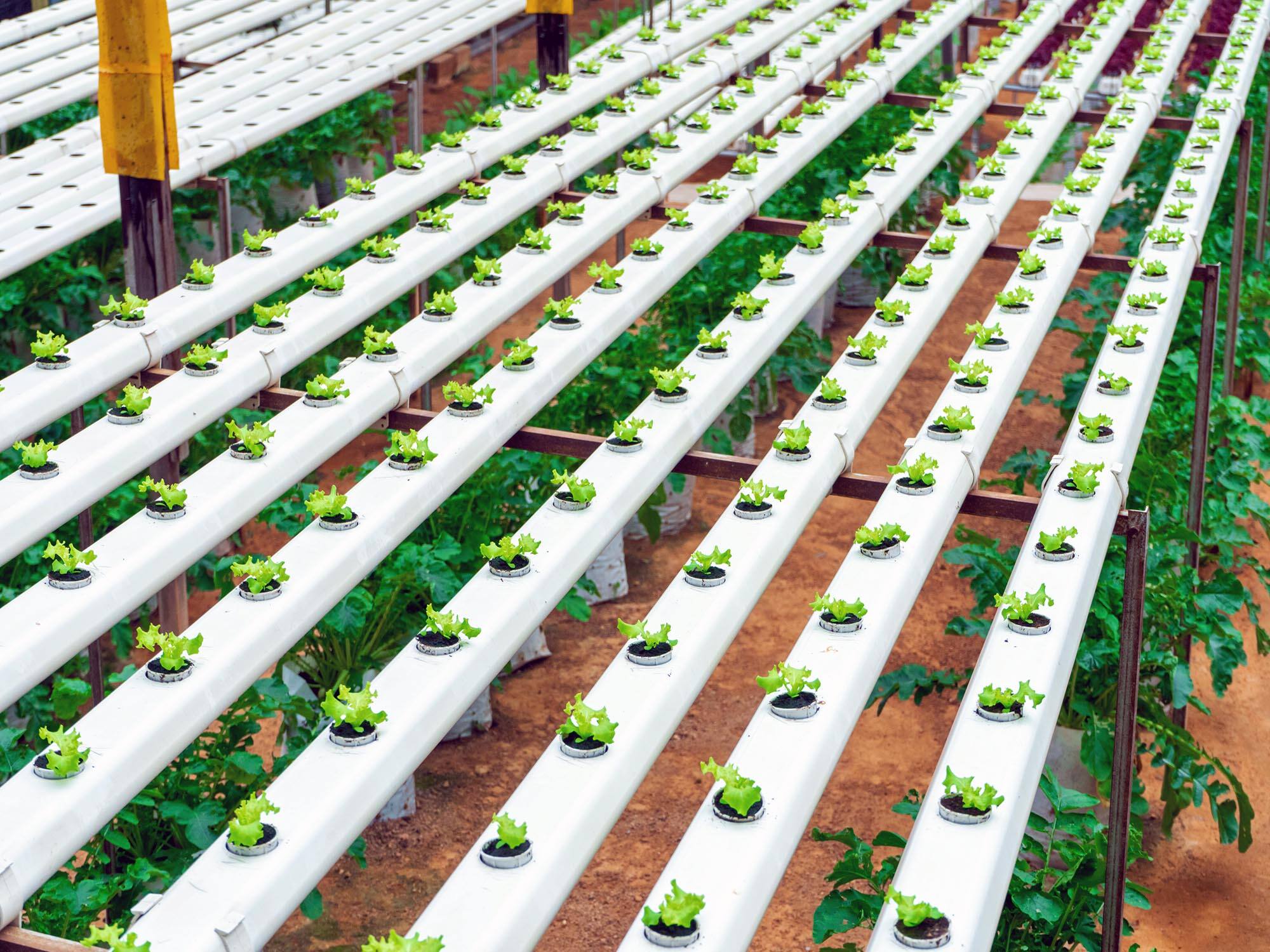The modern approach to agriculture utilizing hydroponics systems has changed the way we look at growing crops in a sustainable and effective manner. Unlike traditional farming that depends on soil, hydroponics cultivates plants in nutrient dense water solutions, thereby doing away with soil and lowering the consumption of pesticides as well as water. In addition to this, growth rates are increased and plants can be grown throughout the year, regardless of the weather.
Maximizing space is one of the primary advantages of hydroponics systems. Vertical farming methods can be employed in urban settings that have limited land space which allows for the growth of more produce in condensed spaces. By making use of growing techniques and vertical space, hydroponics is able to produce up to ten times more within a square foot than traditional farming is capable of.
In addition, hydroponics systems are extremely resource effective. With strict control over the delivery of nutrients, growers are able to reduce waste while optimizing plant growth. These systems can also use a lot less water compared to traditional agriculture because the closed loop systems are able to recycle water and nutrients. This makes hydroponics ideal in the hot regions that have water scarcity as they aid in conserving water.
Even though traditional farming methods are lacking, hydroponic systems ensure economical environmental protection. While the traditional methods might be easier on the pocket at first, the expenses that come later with labor, water, and fertilizers is almost always greater. Additionally, the produce from hydroponics is always sold at a higher price due to the valued freshness and health benefits along with quality, selling like hotcakes to health-conscious shoppers.
The future of hydroponics seems bright as it keeps up with automating technological advancements. Things like uploading data and implementing automated systems make it easier for cultivators to manage and optimize their growing systems. Furthermore, the current shifts toward organic local spending have caused a rise in needing hydroponics as an alternative for mainstream farming. It's safe to say that in the near future, hydroponic systems will be highly adopted by consumers and farmers to give way to modern agricultural needs.
To put it in simpler words, hydroponics pose new features to growers of today by merging high-tech fusion to resource management, financial efficiency, and extreme flexibility. Sooner or later, robust and productive farming techniques will hinge on the balance of traditional farming and hydroponics.


